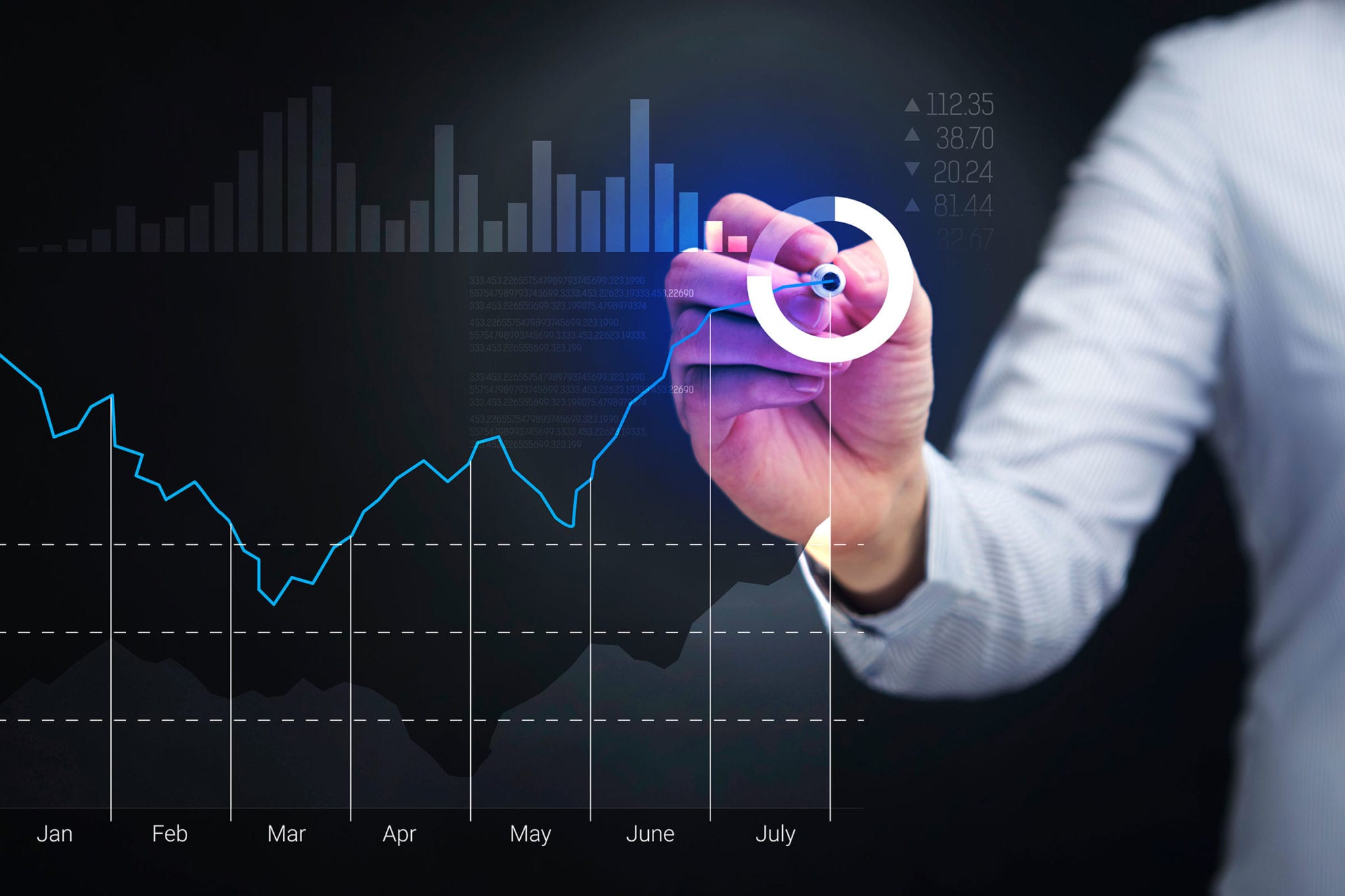Back in 2000, when the internet garnered attention, enterprises hopped on. Before anything could be ascertained, small and medium companies were brimming over! Thereafter, a flurry of social media and e-commerce attracted customers like bees are attracted to honey. Result? A deluge of valuable and insightful data. There’s so much data that companies are struggling to keep up with the growing number.
DOMO reports that over 2.5 quintillion bytes of data are generated every day. By 2020, it is predicted to increase to 1.7 MB for each person.
Data is being generated across all industry verticals from various sources. Prominent sources include smart and connected devices, business applications, mobile phones, and social media. Intel predicts there will be nearly 200 billion connected devices by 2020 ( source: https://www.intel.com/content/dam/www/public/us/en/images/iot/guide-to-iot-infographic.png ). Provided that 2.5 quintillion data is produced every day already, the estimates of data generated with 200 billion devices or more is dizzying.
Generating value from data
The global analytics market is projected to grow to $106 billion between 2010-2023, at a 15 percent CAGR. That gives us a promising outlook at the time to come. According to Tech Navio, a global market research firm, web analytics, will see the strongest growth among all areas in analytics. Evidently, increasing internet penetration across economies is attributed to this.
Companies are turning to data to make business decisions. An IDC report says, retail and banking companies are using data to improve customer experience, while manufacturing companies are using their product as a platform to deliver digital services.
Credit risk modeling, fraud detection, and assessment of customer lifetime value are the major areas where banking utilizes data science. In retail, recommendation engines, warranty analysis, and customer sentiment analysis are where data science is utilized.
Facebook uses data science to get a lot of things done — suggest tags, create ‘flashback’ friendversary and birthday videos. Similarly, American Express uses data science to predict customer churn. As a result, in the Australian market, it can predict 24 percent accounts that will close within four months.
Starbucks, on the other hand, uses data science to find a location for its shops. It takes demographics, traffic, customer behavior into account and predicts the success of the shop.
Future of data science
Almost every sphere of the industry benefits from data science. So far no industry has remained untouched from it. The growing dependence on data-driven decision making, demand for growth is making companies utilize data science at its full potential.
As a result, the demand for data science professionals is consistently increasing. Indeed, reports, the number of job postings related to data scientists increased by 29 percent on its website. However, the searches on Indeed haven’t grown by the same amount. Overall, the searches have increased only by 14 percent, suggesting a gap between demand and supply of data scientists. Indeed, in its latest report elaborates, the skills required to perform in data science have widened, and companies are looking for data scientists with accurate skill sets. To find opportunities in data science, a pursuant need to keep broadening their skill set”.
Consequently, most economies are facing a shortage of data science talent and have forced organizations to look beyond the present times and equip themselves for the future demand of data scientists. Companies are taking proactive measures to re-skill their employees for the future. While those, whose career vision aligns with the industry, are learning through online programs and taking data science certifications.
Readying for the future
Looking at the prospects and challenges lying ahead of a career in data science, graduates and working professionals are equally inclined towards it. Challenging responsibilities deter Data Scientists to try their hands-on problems and case studies from several industries. For instance, Healthcare care data scientists try to keep in healthcare, until they are fully sure about their capabilities of fitting in a new industry.
However, the changing data science landscape and better rewarding possibilities are pushing them to dive in and explore their capabilities. In simple words, they are readying themselves for future possibilities with skill programs.
Universities and colleges which so far have failed to meet the demand for data science professionals have now introduced data science programs at the undergraduate, postgraduate, and Ph.D. levels.
Wrapping up!
Evidently, data science is poised to grow bigger. As internet penetration increases, economies become more digitally connected, and businesses race towards better data-driven decision-making processes, the data science community will diverse. However, for the community to truly flourish will require, a sync approach among companies, professionals, and learning institutions. Universities, online skill programs and courses, and small-time training providers all have to work in sync with industry requirements.


